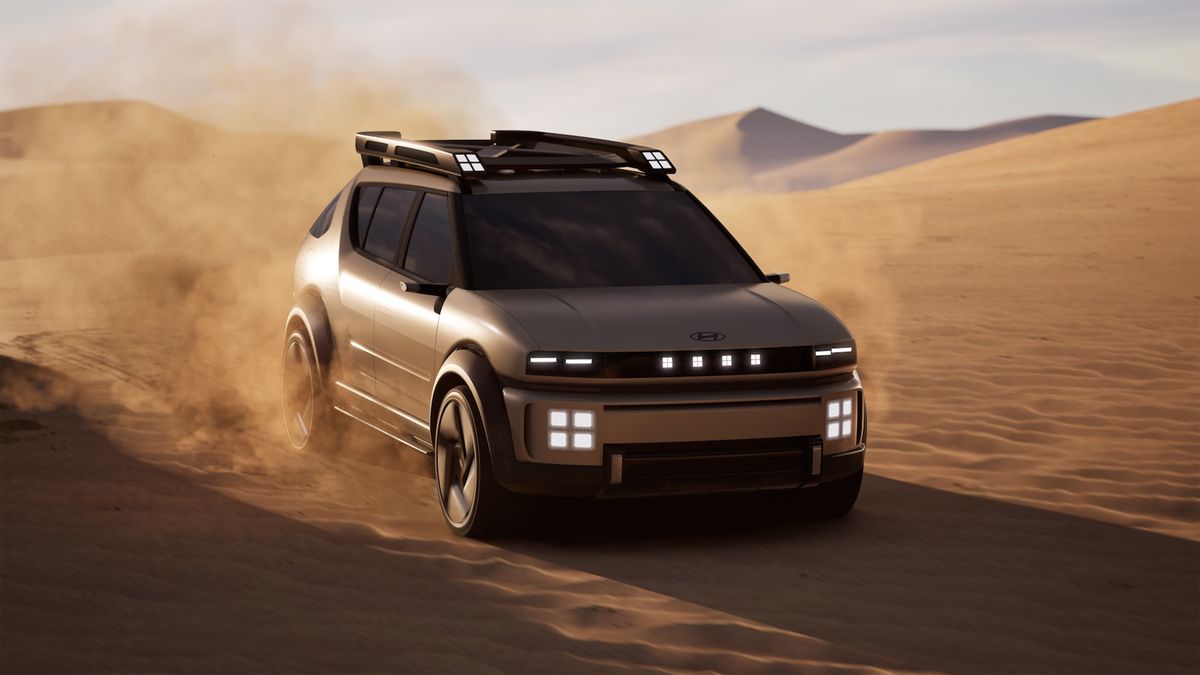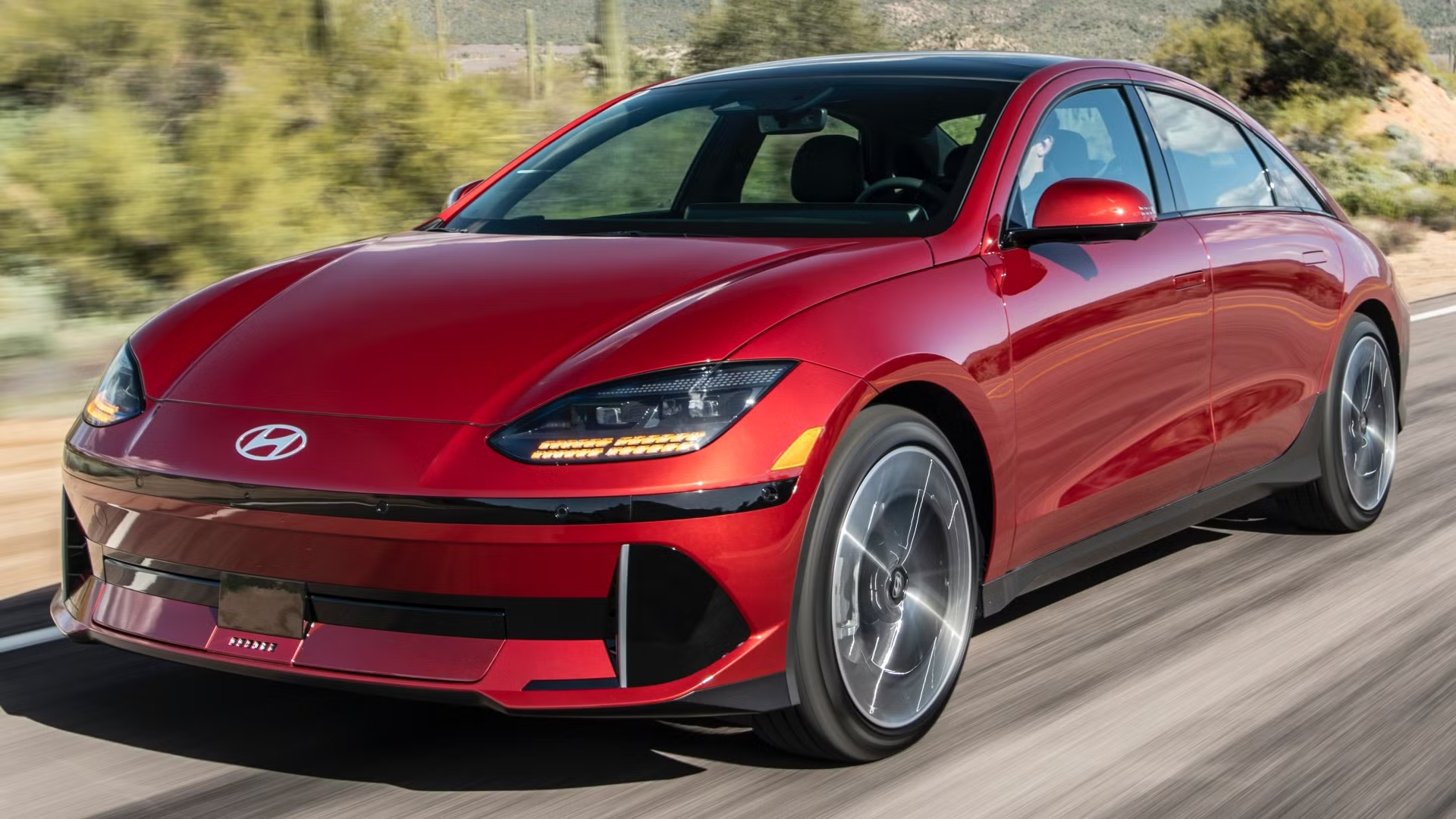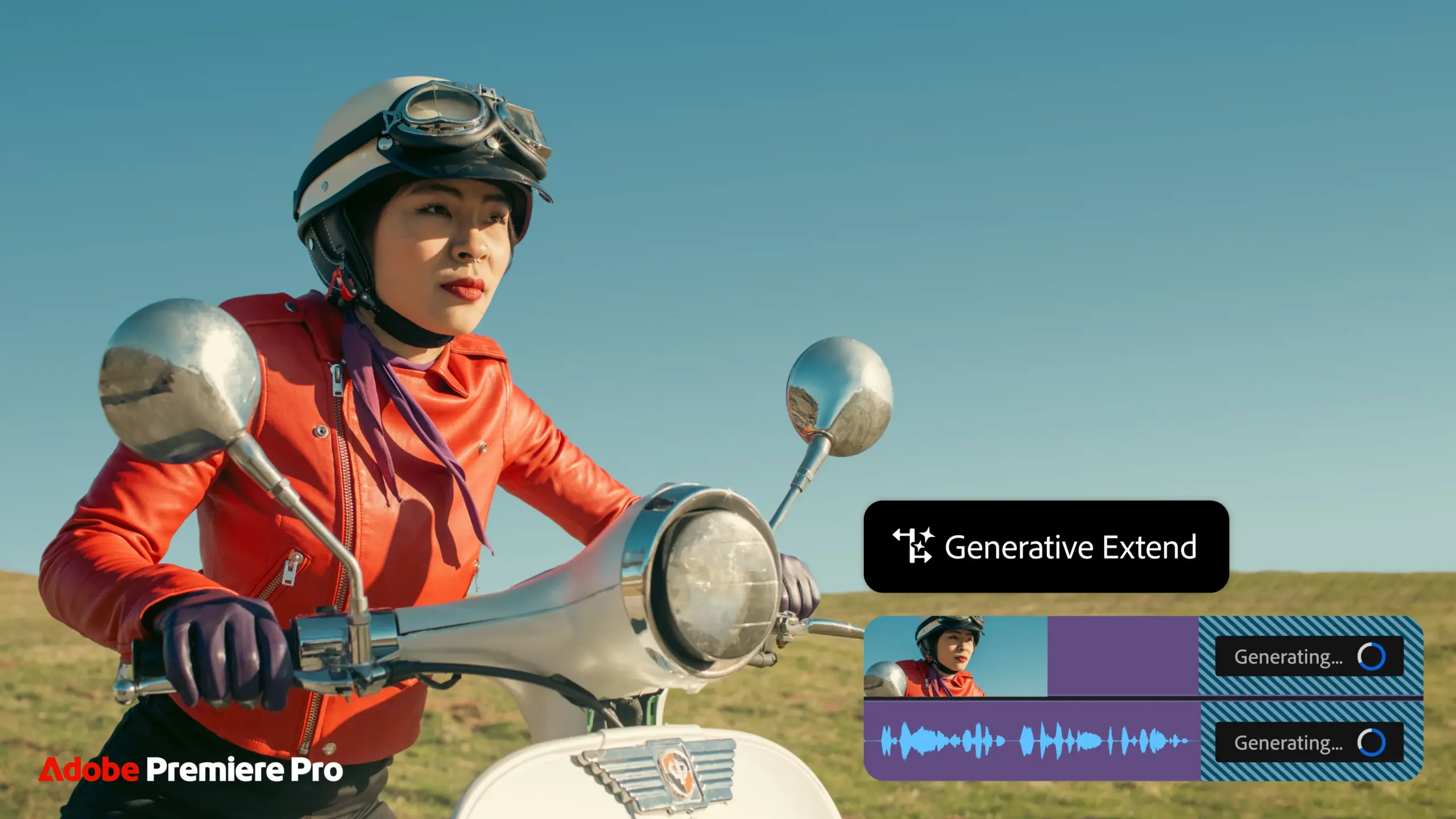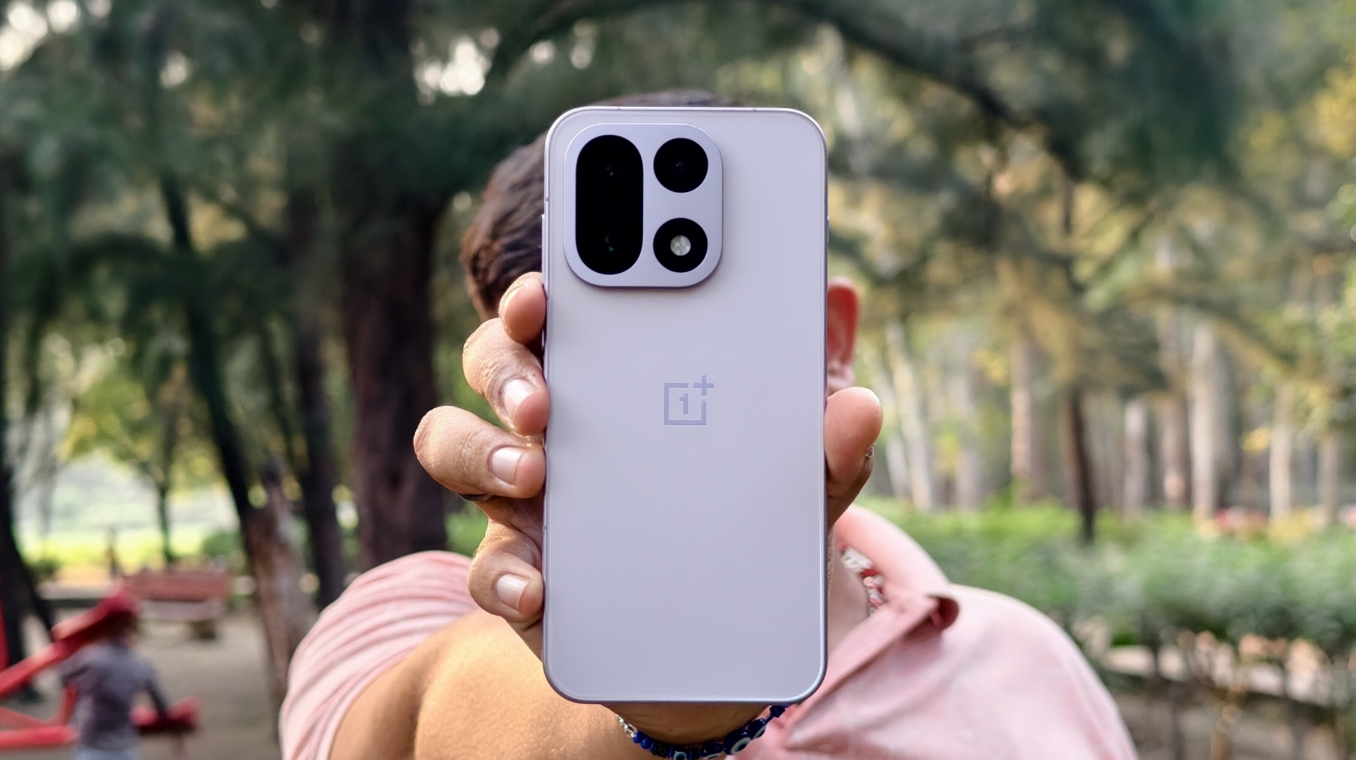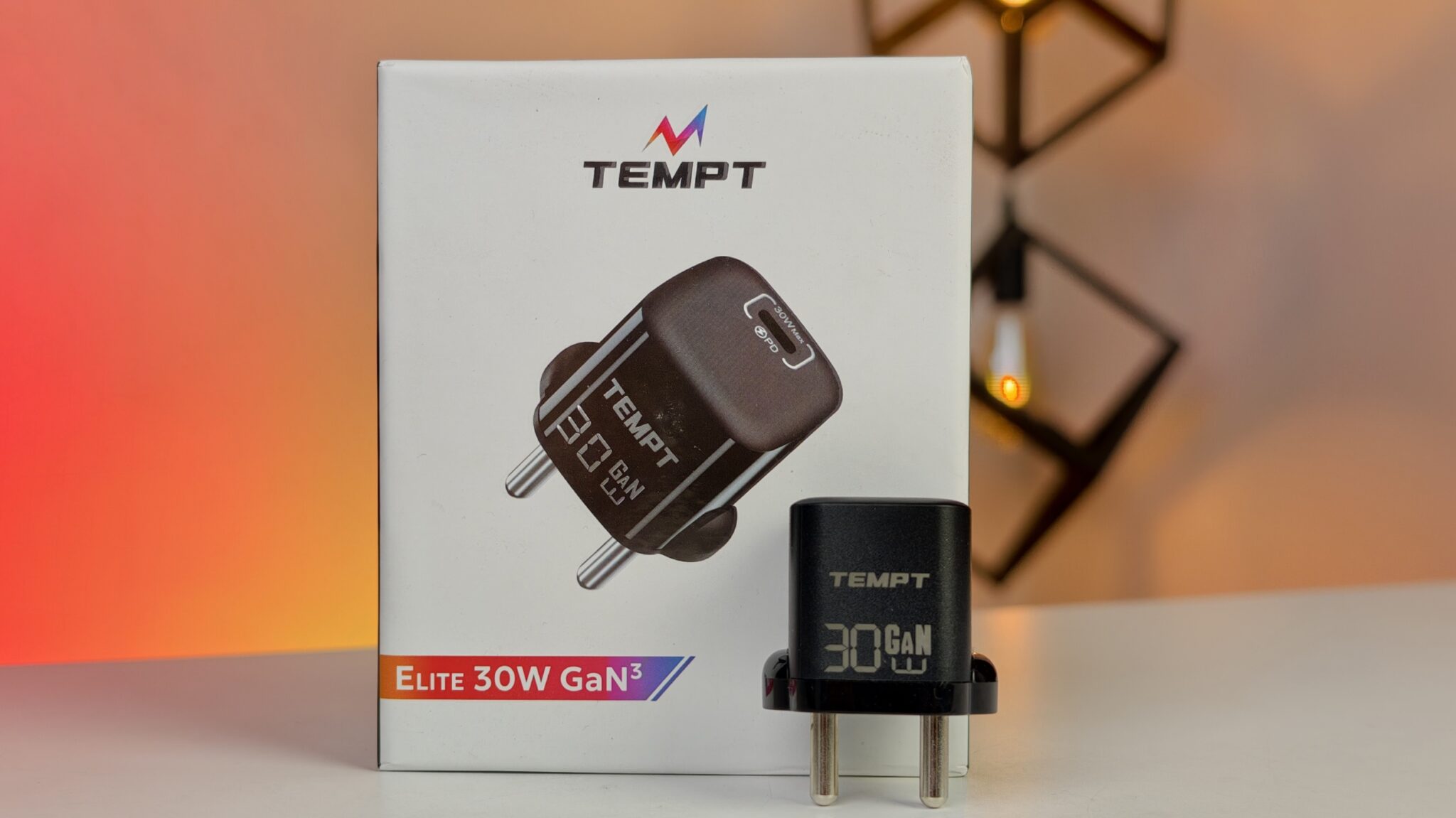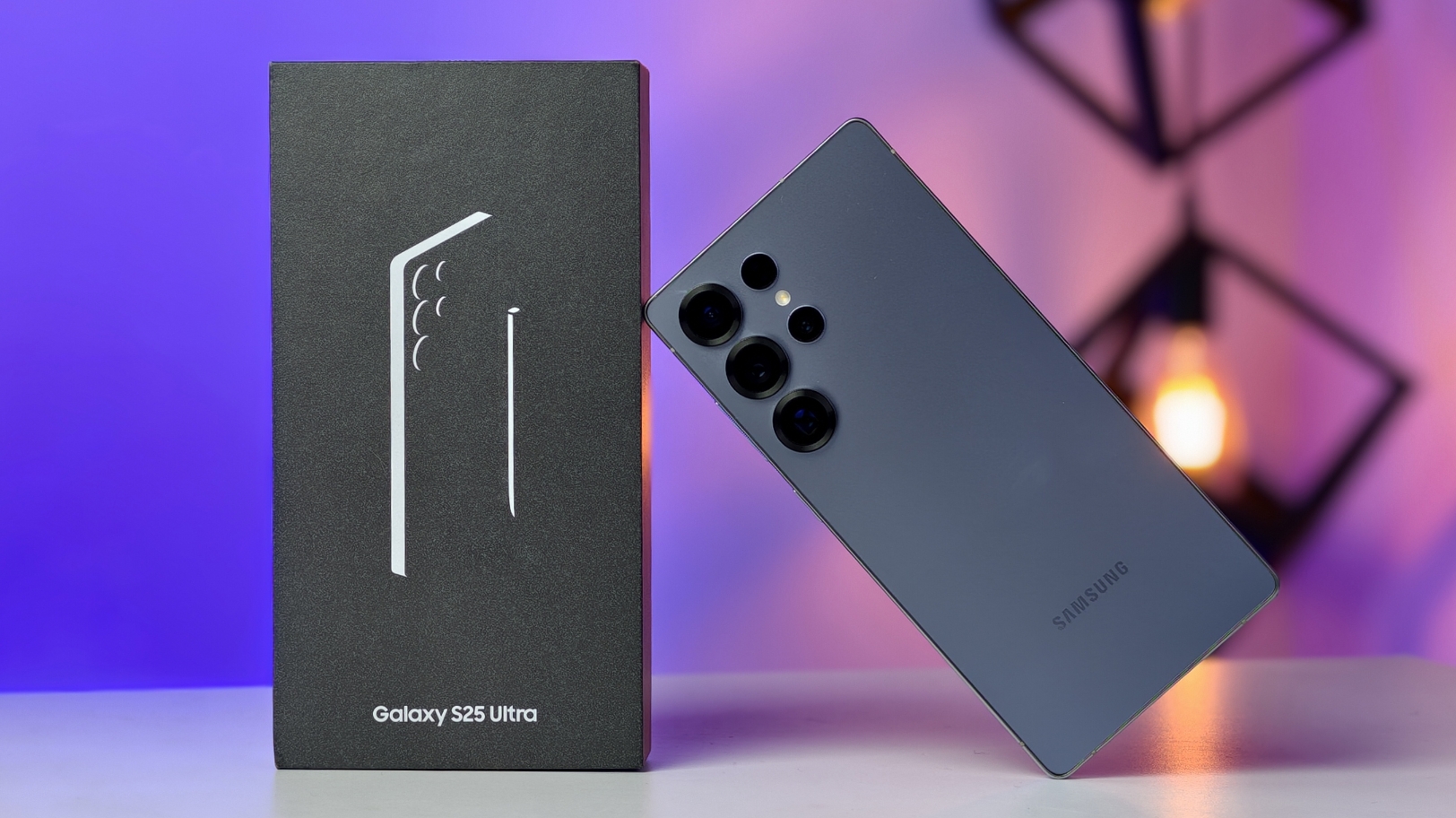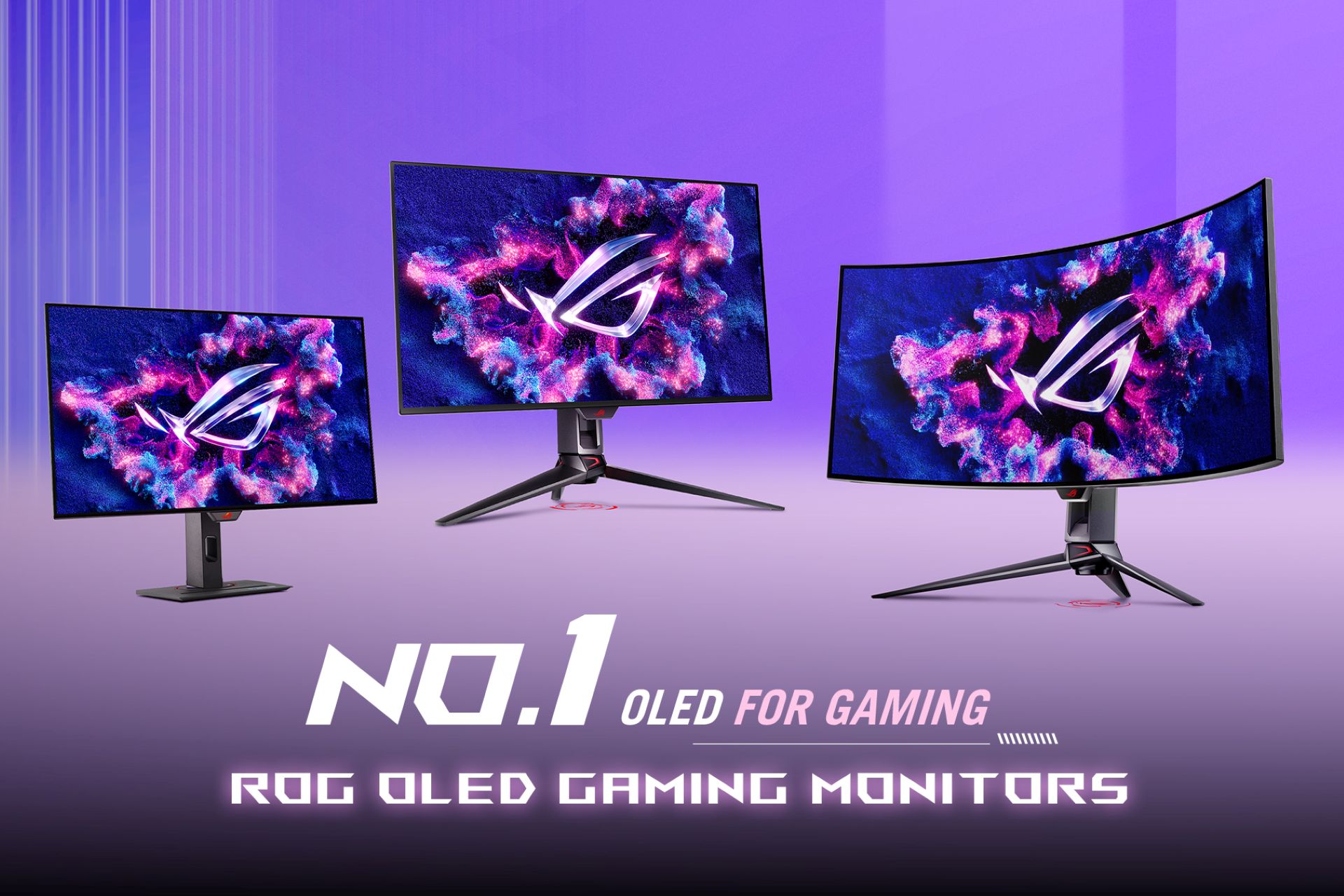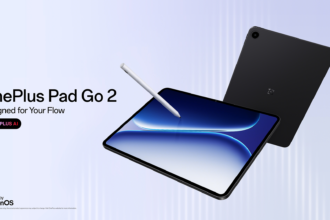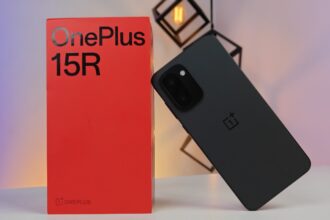In a world increasingly focused on electric vehicles, a quiet revolution is brewing, and South Korean automotive giant Hyundai is leading the charge. While Chinese behemoth BYD continues to dominate the battery EV market with impressive strides in range, Hyundai’s hydrogen-powered Nexo SUV has thrown down the gauntlet, boasting a refueling time that makes plugging in seem like an eternity and a driving range that leaves many of BYD’s EVs in the dust. Could this be the turning point in the electric versus hydrogen debate?
Recent data confirms that the Hyundai Nexo can be fully refueled with hydrogen in a mere five minutes, providing a remarkable driving range of approximately 700 kilometers (around 435 miles). This figure comfortably surpasses the range offered by many of BYD’s popular electric vehicles, with some of their top-selling models like the BYD Han EV typically offering a range closer to 400-500 kilometers (approximately 250-310 miles) on a single charge, according to their official specifications and real-world testing data.
For everyday drivers, the implications are significant. Imagine embarking on a long road trip and only needing a five-minute pit stop to continue your journey for hundreds of more kilometers. This eliminates the range anxiety that often plagues EV owners, who frequently need to plan their routes around charging station availability and endure lengthy charging times, which can often extend beyond an hour even with fast chargers.
“The Hyundai Nexo offers a glimpse into a future where zero-emission vehicles don’t compromise on convenience,” says automotive analyst Priya Sharma, based in Delhi. “The ability to refuel as quickly as a traditional gasoline car, coupled with a substantial range, addresses two of the biggest concerns consumers have about transitioning away from internal combustion engines.”
Hyundai’s commitment to hydrogen fuel cell technology is not new. The Nexo is the company’s second-generation mass-produced hydrogen fuel cell vehicle, building upon the success of the earlier ix35 Fuel Cell. The Nexo utilizes a fuel cell stack that combines hydrogen and oxygen to generate electricity, emitting only water vapor as a byproduct. This makes it a truly zero-emission vehicle, contributing to cleaner air and a healthier environment.
BYD, on the other hand, has focused heavily on battery electric vehicle technology, becoming a global leader in the production and sales of EVs. Their vehicles offer impressive performance and are constantly improving in terms of range and charging capabilities. However, the fundamental limitation of battery technology remains the time it takes to replenish the energy.
While BYD has made significant advancements in battery technology and charging infrastructure is expanding, the refueling speed of the Hyundai Nexo presents a compelling alternative, particularly for drivers who prioritize time and convenience. Consider a family heading out for a weekend getaway. With a BYD EV boasting a 400 km range, they might need to factor in at least one charging stop, potentially adding significant time to their journey. The Hyundai Nexo, with its 700 km range and five-minute refueling, could complete the same trip with just a brief stop, similar to filling up a conventional car.
Of course, the comparison isn’t entirely straightforward. The availability of hydrogen refueling stations is currently much more limited than electric vehicle charging infrastructure in most parts of the world, including India. While Hyundai is actively working to expand the hydrogen ecosystem in select markets, this remains a significant hurdle for widespread adoption.
Furthermore, the cost of hydrogen fuel and the initial purchase price of hydrogen fuel cell vehicles like the Nexo can be higher compared to some battery electric vehicles. However, as technology advances and production scales up, these costs are expected to decrease over time.
Despite these challenges, the Hyundai Nexo’s impressive refueling time and range highlight the potential of hydrogen fuel cell technology as a viable solution for sustainable transportation. It offers a unique combination of zero emissions and convenience that could appeal to a different segment of consumers compared to battery electric vehicles.
The competition between hydrogen fuel cell vehicles and battery electric vehicles is likely to intensify in the coming years, with both technologies playing a crucial role in the transition to a cleaner transportation future. While BYD continues to push the boundaries of battery technology, Hyundai’s Nexo serves as a powerful reminder that hydrogen offers a compelling alternative with its own set of advantages.
Ultimately, the best solution for individual drivers will depend on their specific needs, driving habits, and access to refueling or charging infrastructure. However, the Hyundai Nexo’s ability to refuel in just five minutes for a 700 km range undeniably raises the bar and injects a fresh dose of excitement into the race for sustainable mobility, potentially shifting the conversation and prompting consumers to ask: “Is hydrogen the fast track to a zero-emission future?”


